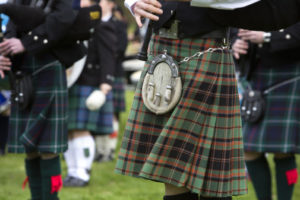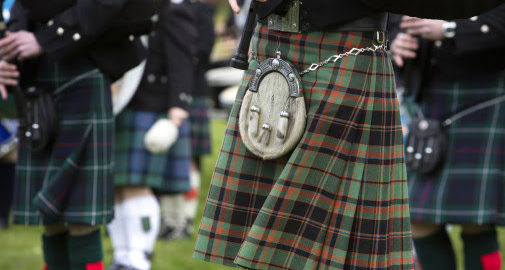
If Hogmanay shows the world anything, it is that the Scots know how to throw a party.
November 30th, St Andrew’s Day, is a day when Scots come together to celebrate the patron saint and what it means to be Scottish. A whole host of events take place across the country, showcasing the very best of Scotland.
- St Andrew’s Fair Saturday, Scotland-wide
Scotland will be hosting a Fair Saturday for the first time ever. This began in Bilbao, Spain and is a global movement encouraging proceeds from events to go to causes promoting fairness and sharing around the world. Events will take place across Scotland on Saturday 1 December.
https://app.fairsaturday.org/
- The Saltire Festival, East Lothian
The Saltire Festival takes place throughout East Lothian from 24 November to 6 December with a selection of jam-packed evenings. There will be dancing, food, historical experiences and so much more on offer!
https://www.visiteastlothian.
- St Andrew’s Day, Stornoway
Stornoway’s winter festivities kick off with a week filled with St Andrew’s Day celebrations. The week will feature cinema, food and drink tasting sessions, quiz nights and traditional music.
http://lanntair.com/lanntairs-
For more St Andrew’s Day information and events click here https://www.visitscotland.com/
Traditions and culture are a huge part of the St Andrew’s Day festivities; kilts, whisky and ceilidhs will all feature. Everybody is aware of these Scottish icons and customs but not everybody knows that Scotland also has some more unusual traditions….
Blackening
Blackening is a traditional wedding custom performed in the days or weeks prior to marriages in Scotland. The ritual consists of ‘capturing’ the groom and covering him in treacle, soot and flour. Originally it was carried out to ward off evil spirits before the wedding and it is thought to be closely linked to the Penny Bridal ritual. This is a ritual where the bride would be taken to a room and her feet washed in water in which a long-married woman had dropped her wedding ring. The groom was then grabbed by the bride’s friends and his legs blackened with coal.
Nowadays the ritual is only continued in the Highlands and Islands and Aberdeenshire: the flour is swapped for feathers and the bride may also find herself covered in treacle!
May Dew
Although the May Dew tradition is well known across the UK it is perhaps little known that this tradition persisted across Scotland until very recently. The tradition of washing one’s face in the morning dew of 1 May was very popular in Edinburgh. It wasn’t uncommon to see people climbing to the top of Arthur’s seat or Calton Hill before sunrise to ensure that they received good fortune, vitality and beauty for the rest of the year. This custom is recorded to have still taken place up until the late 1980s in Edinburgh!
Shinty
Shinty is a game unique to Scotland and is one of the oldest games in the world. On appearance it seems very similar to hockey, but the rules are very different. Unlike hockey, the stick, or the camen as it is commonly called, can be swung to any height and players are allowed to hit the ball with either side of the stick as well as stop the ball with their feet. Shinty is played across Scotland but is extremely popular in the Highlands and is not a sport for the faint-hearted!
Haggis Throwing
Moving on to one of Scotland’s stranger sports, Haggis Throwing. This gained popularity in 1977 after an announcement was placed in a newspaper calling for the revival of the sport. Since then the World Haggis Hurling Association was set up and every year haggis throwers from across the country, and the world, gather for haggis championships. The original advertisement was a hoax but that hasn’t stopped the Scots. The rules are simple; the haggis must be cooked and of a certain weight. It mustn’t burst when it hits the ground and be in a state fit to eat after the throw. The record for the furthest thrown haggis is 217 feet and hasn’t been beaten since 2011.





You must log in to post a comment.